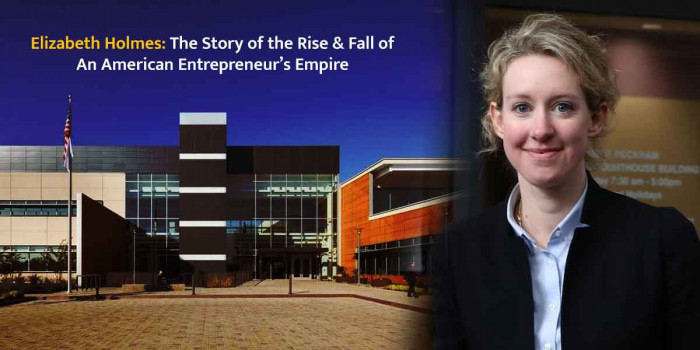The Untold Story of Dadaab - The World’s Largest Refugee Camp
Know about the world’s largest refugee camp, Dadaab. The camp is home to over 300,000 registered refugees and asylum seekers as of May 2019.
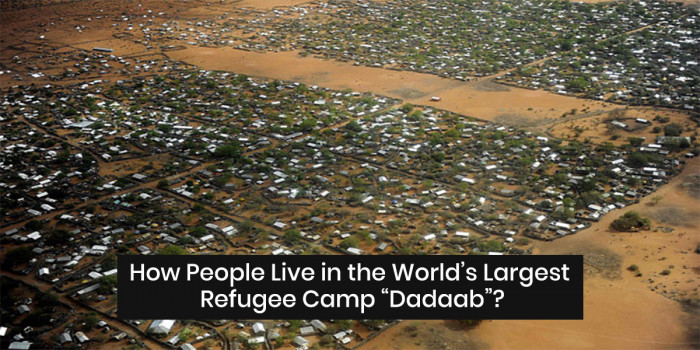
Have you ever heard or read about Dadaab? It is a semi-town in Grassia County, Kenya that has been hosting over 300,400 refugees and asylum seekers in Dagahaley, Hagadera, Ifo, and Ifo 2 camp as of May 2019. The first three are situated in Lagdera district while Hagadera is situated in neighboring Fafi district.
Recently, it was published that Kenya plans to close the world’s largest refugee camp, which is home to a quarter of a million people. The old Dadaab camp which is home to Somalis would be closed by August under the Kenyan plan.
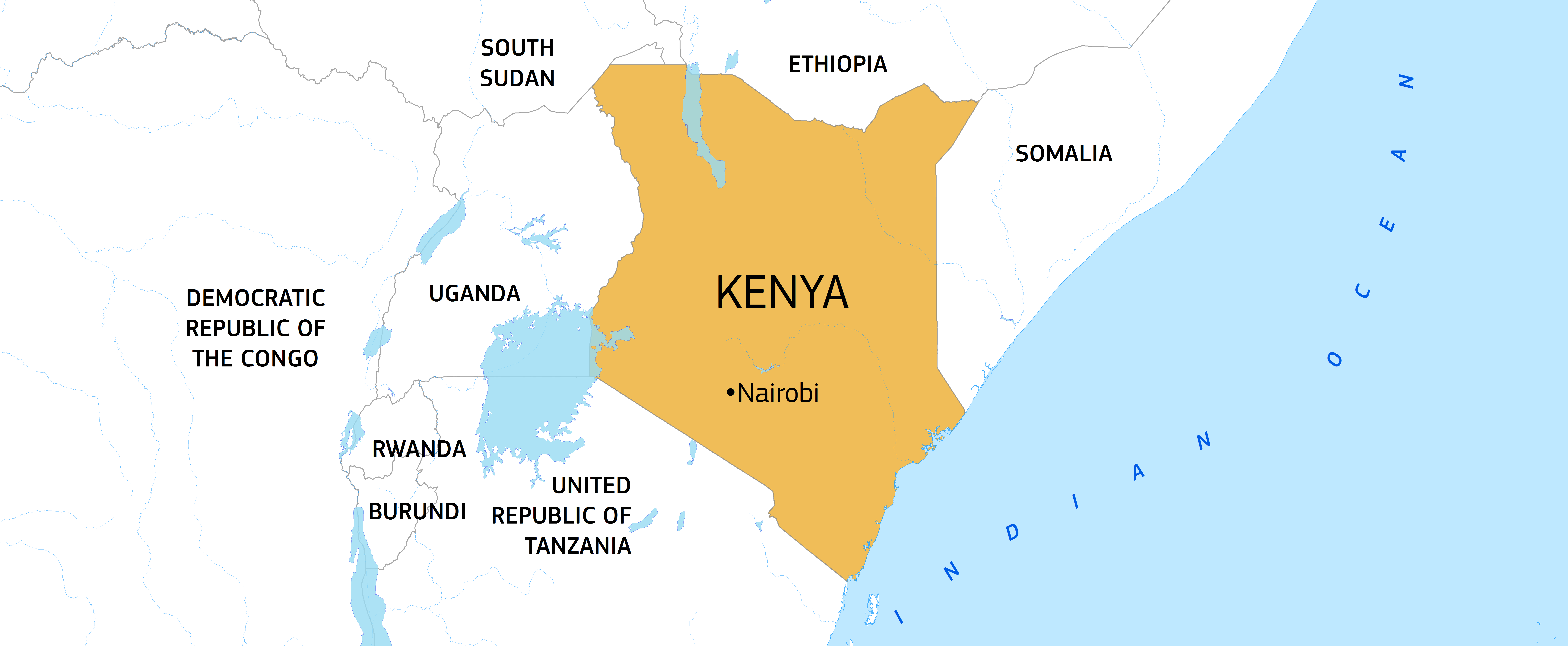
The first camp was started in 1991 when refugees fleeing the civil war in Somalia crossed the border into Kenya while the new camps were established in 2011. The center is run by the United Nations High Commissioner for Refugees and is financed by foreign donors.
Difference Between Old and New Camp
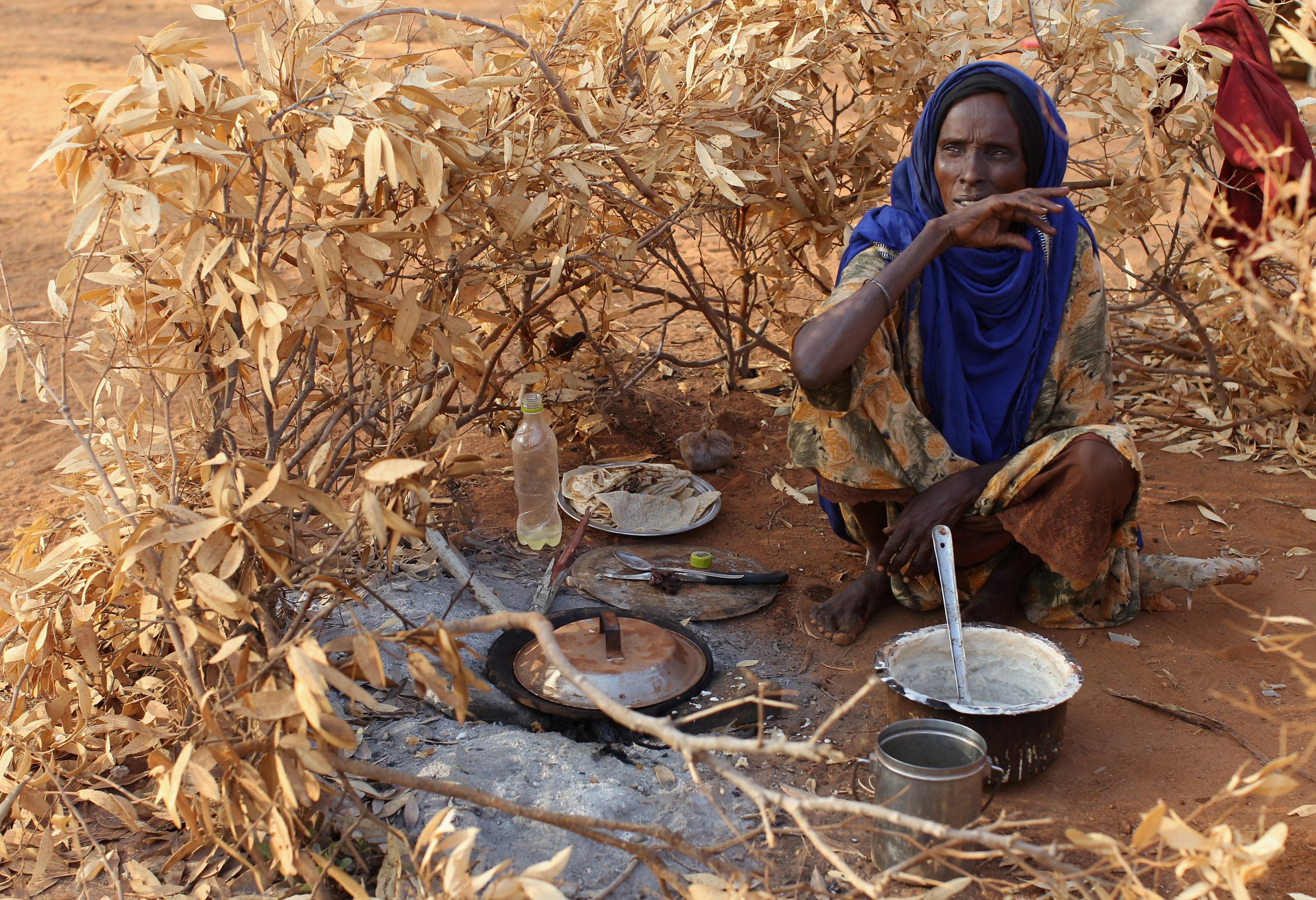
There are several differences between the old and new camp. The camp that was established in 1991 and 1992 had residents from Dagahaley, Ifo, and Hagadera and had children born in the camps. In contrast, the new camps established had several pastoralists.
While Dadaab is the world’s largest refugee camp, Bidi Bidi is the world’s second largest camp. It is home to over 280,000 refugees. People living in the camp struggles a lot. They don’t have to eat and plow the land that the government provides them for free.
Rukia Ali Rage, the Chairwoman of Ifo camp, said -
“We work hand in hand with the aid agencies. We have developed a very smooth system where we coordinate all the activities of the camps ranging from sanitation to security.”
The Infrastructure of the Dadaab Camp
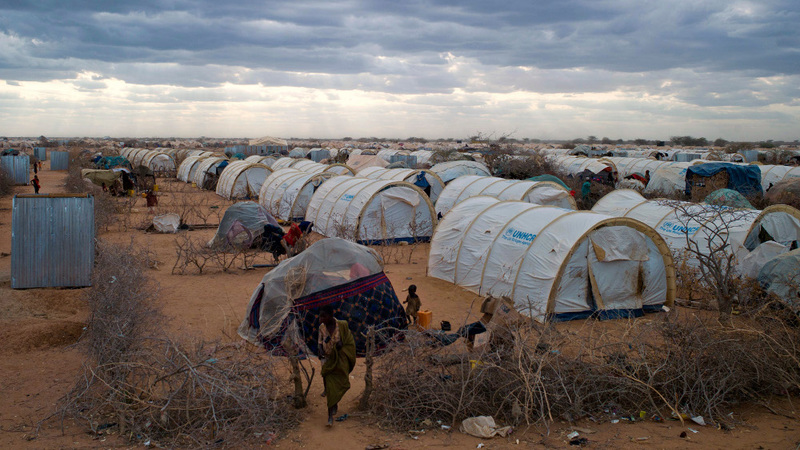
Do you know that Dadaab refugee camp area is so huge that it can be compared to a city? Like urban area, the camp contains public service such as hospitals. The camp Ifo includes a disability center, a bus station, religious spaces, and more. It is constructed with the market on one side and a green belt at the center of tents. These camps are crowded and difficult to navigate for new residents.
The refugees live in tents that are designed of plastic sheet and are distributed by the UNHCR. Some refugees built makeshift homes to escape the sunlight.
Ali Hussein, Deputy Chair of the Ifo Youth Consortium, said -
“We have an umbrella consortium consisting of several youth groups. Each carries out a project that is similar to the ones run by the UN and its implementing partners.”
He further added-
“In this way, we not only develop our capacity, but we also hold the agencies accountable and help our community in return.”
Healthcare at the Camp
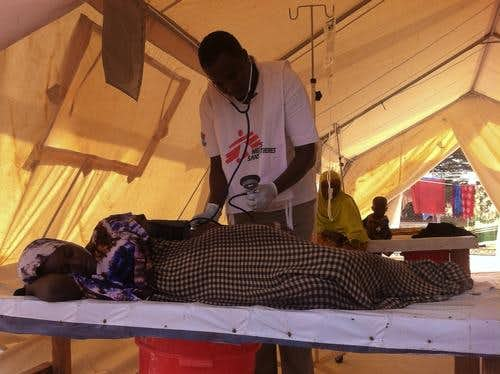
The basic healthcare of the camp is provided by the German Technical Cooperation. Since 2015, the camp has the largest solar-powered borehole in Africa. It has over 275 solar panels and provides 15,000 refugees with nearly 280,000 liters of water.
Overcrowding increases health risks. This may include fever, cholera, measles, Hepatitis E, and other severe diseases. By the end of 2011, nearly 30% of refugees started living in a camp due to drought in Eastern Africa. The residents receive food like cereals, sugar, and oil from the World Food Programme. The food is first served to the children who are under the age of 5 because they have more health risk.
The food supply is limited; therefore, not all refugees could get them. Also, there is a lack of income, so not all residents could afford them.
Why Did the Government Decide to Close the Camp?
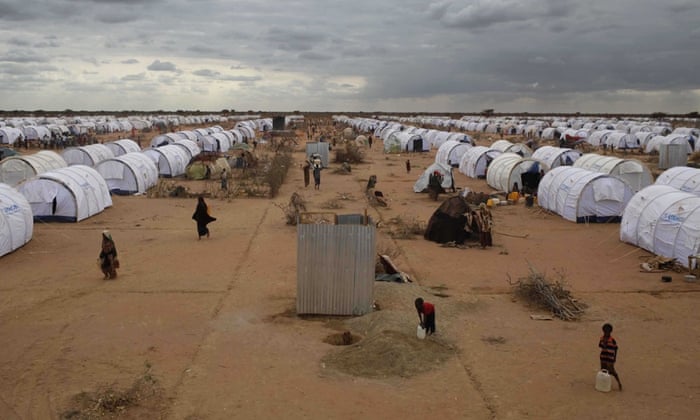
After sending troops into neighboring Somalia in 2011, Kenya was attacked by Al-Qaeda linked Shabaab militants. Following the Garissa University college attack in 2015, the Kenyan government asked the UNHCR to send them back to their area of Somalia within three months. A few people reported that the anxiety caused by the government threatens to close the camps was enough to satisfy them to leave the camp. Other people question the government’s rationale for shutting down the camp. The three months passed, and the camp was not closed.
In May 2016, the government again decided to close the camp. They said the camp became a terrorist training ground for Shabaab Islamist militants based in Somalia. Thousands of residents returned to Somalia under a repatriation package. Dr. Eng Karanja Kibicho announced that the government would no longer handle refugees. He also declared that the camp would be closed within the shortest possible time because of security reasons.
Despite the government’s statements that Somali refugees are responsible for the country’s insecurity, the officials have never shown the proof that Somali’s has any link to terrorist attacks in Kenya.
Otsieno Namwaya, Africa Researcher at Human Rights, said -
“Kenya should abandon plans to close the camp and instead uphold its commitment to protect refugees it has hosted for three decades.”
He further added -
“The authorities should ensure that any refugee returns are voluntary, humane, and based on reliable information about the security situation in Somalia.”
What are the Needs of Kenya?
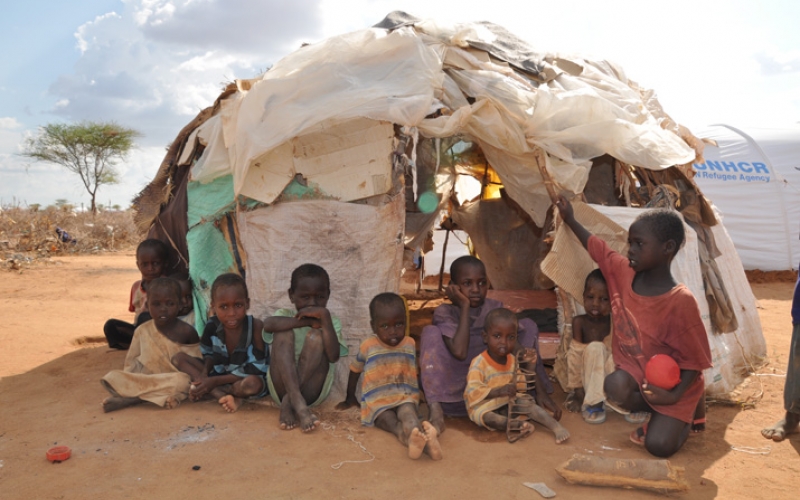
Lack of food availability in the dry and arid counties has led to food ration cuts for refugees. The refugees are mainly dependent on aid, and unpredictable weather has brought food shortages for Kenyans. The rainy season started late in 2018. As a result, for a few months in 2019, the availability of food has to suffer. It is speculated that the bad weather would affect communities and other nearby areas too.
In the case where water is available, there is a shortage of resources. While they have access to education and several health centers, providing water is still a concern.
How is the European Union Helping Dadaab?
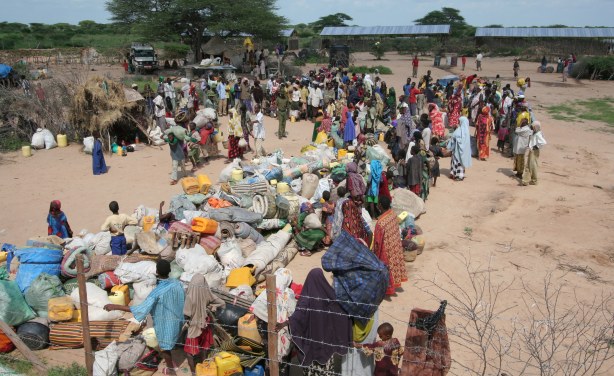
The EU continued to support refugees in Kenya while focusing on building communities in the northern part of Kenya. The European Union has provided over €120 million in Kenya.
With its partners, the EU continues to provide healthcare, water sanitation, education, and other necessities to refugees. It has set-up several health facilities, including in-patient wards that supports both refugees and host communities. They are putting efforts to ensure a safer environment for women and children. The work is done by local committees and the members of the EU.
Moreover, it also contributes to the education of kids, especially girls, by offering opportunities for over 135,000 people to get enrolled in Kakuma camps. The European Union also supports humanitarian partners that care for the victims and survivors of gender-based violence. It was in 2018 when the EU provided €11.5 million in humanitarian funding to help refugees in Kenya and communities to help them survive drought and flooding.
Lesser Known Facts about Dadaab- the World's Biggest Refugee Camp in Kenya
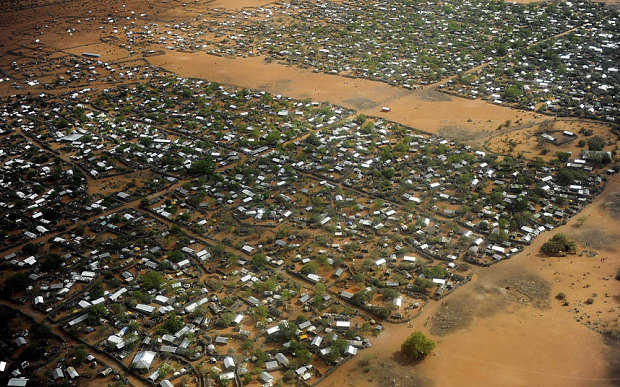
Let us know amazing facts about this biggest camp.
1. It is Not Only a Refugee Camp But is More Like a City
Originally constructed for over 90,000 people fleeing war in Somalia, the camp is the biggest refugee camp in the world. It hosts more than 460,000 refugees during the droughts recorded in East Africa. Not many people are aware that today the camp is home to 275,000 refugees and around 95% of people from Somalia and other parts like Ethiopia, Uganda, and Burundi live in 5 camps.
The two biggest camps are Dagahaley and Hagadera with nearly 150,000 people. The camp allows refugees to have their market, where they can buy necessities like fruits and rice for their survival. Sometimes, they also spend a little amount on mobile phones and clothes.
2. Life of the Girls Have Changed a Lot
When the camp was established, only 5% of girls used to attend school regularly. Now, the CARE has been focussing on women and girls empowerment. This change has helped a lot in terms of girls’ education.
Now over 15,000 students are attending schools. Girls have progressed a lot and are also working as an English teacher at several schools.
3. It is Not Only Refugees But Also the Humanitarians Who Have Spent Over 25 Years in the Area
Since the camp constructed in 1991, several people lived in the camp. The camp is not home to only refugees but also a place for humanitarians who have spent their entire like in this remote area. They worked as mechanics, logistics officers, and advisors.
4. Refugees Work to Improve their Communities
Each month, refugees received a package called Bamba Chakula, that contains mobile phone e-vouchers, sorghum, and other foods. They use this package to buy vegetables at registered market stalls in the camps. The market stalls are run by refugees. This way, they earn money for their survival. CARE handles the day-to-day activities of the camp. Also, ECHO trains refugees in technical skills and provide counseling services.
Furthermore, the refugees are also involved in making operations better by sending positive feedback or complaints in the post boxes.
5. Dadaab is About Logistics Too
People living in Dadaab survived the drought and didn’t get the chance to take their belongings with them. Therefore, providing clean water and food becomes a necessity for their survival. It is located in northeastern Kenya and requires a significant logistical operation to transport the items. The CARE talked with UN, police cars, and NGO to provide vehicles and all other things required in the refugee camp.
Jacob Ochiel, a CARE Assistant Logistics Officer, said -
“I have dedicated my life to refugees in Dadaab. By providing essential services in transport, distributions and warehousing, I support those displaced by war and conflict. I have enjoyed being in company with the people of Dadaab, sharing their stories and giving them a glimpse of hope for their future.”
How the Journalists and Researchers Can Visit Dadaab Refugee Camp?
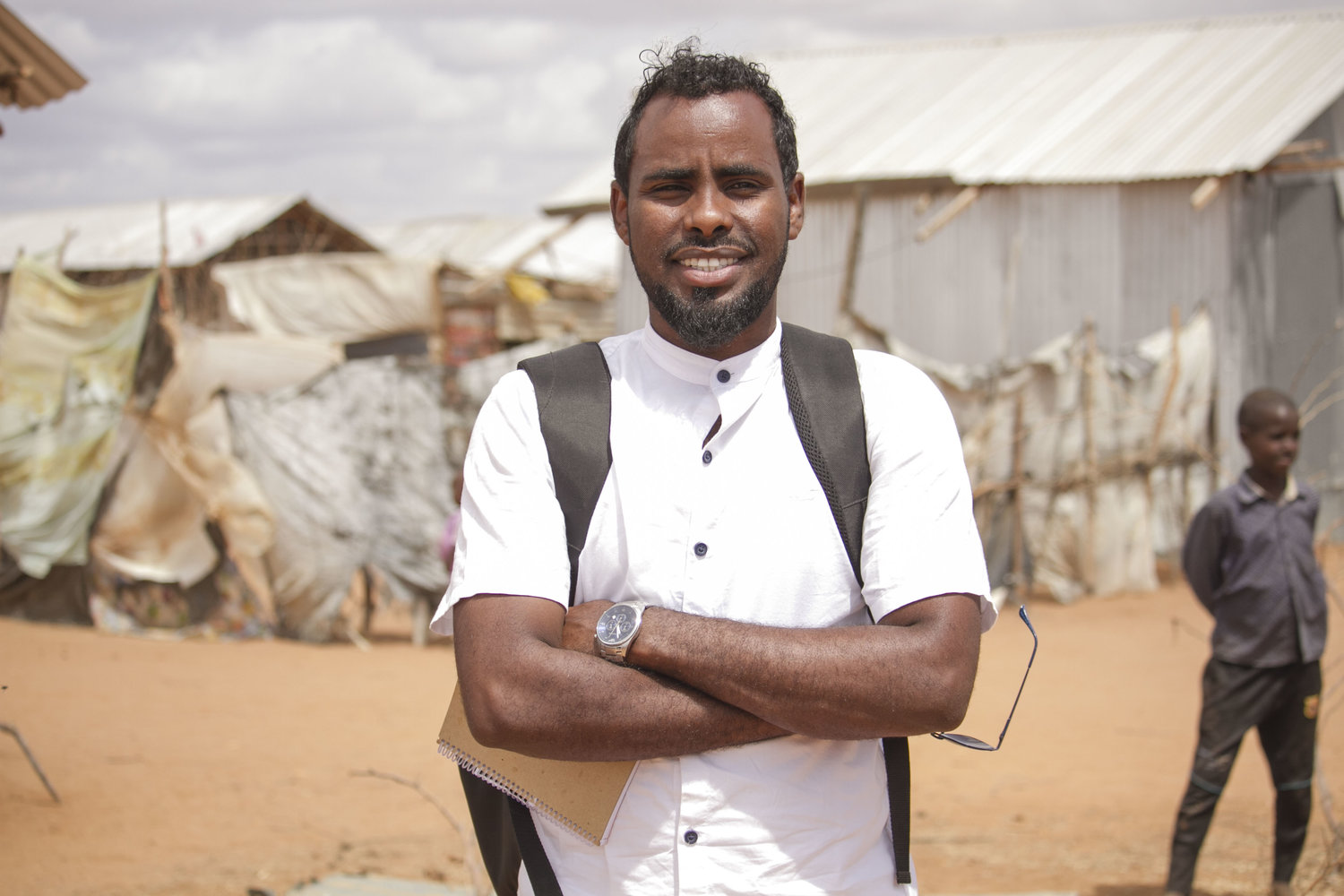
Do you also want to visit this world’s largest camp? If so, you need an approval letter from the government of Kenya. The scholars, researchers, journalists, and film-makers who intend to visit the camp should have a letter of approval from the Kenya government.
The local and foreign researchers should obtain a research permit from the National Commission for Science, Technology, and Innovation, while both local and foreign film-makers need approval from the Kenya Film Commission. If you are a journalist, you need to obtain accreditation from the Media Council of Kenya.
Final Words
Kenya hosts refugees and asylum seekers from several countries who are dependent on humanitarian assistance for their survival. Providing consistent food and water is a difficult task. The EU (European Union) continues its assistance to the people in Kenya and is providing all disaster-related emergencies.
Should Kenya close this world’s largest camp? I guess, if it closes the camp, then it would affect Kenyans and refugees who depend on the camp for their survival. What are your thoughts on it? Drop your comments below.
Popular Posts
Veronica Seider - A Superhuman With Super-Eye
Veronica Seider’s super power sounds like a plot of a film. Veronica has an eyesight that redefines the human eye capability. ...
Swati Bhandari
Most Notable Dead Bodies Left On Mount Everest
The world’s highest mountain – Mount Everest not only serves as an epitome of nature’s beauty, but it is also a warning t...
Kimberly Campbell
15 Black Female Bodybuilders With Insane Physique
Bodybuilding takes a lot of patience and hard work but in the case of women, it takes a lot more than that. Despite all the aesthetic hurdles that female bod...
Kevin Green







